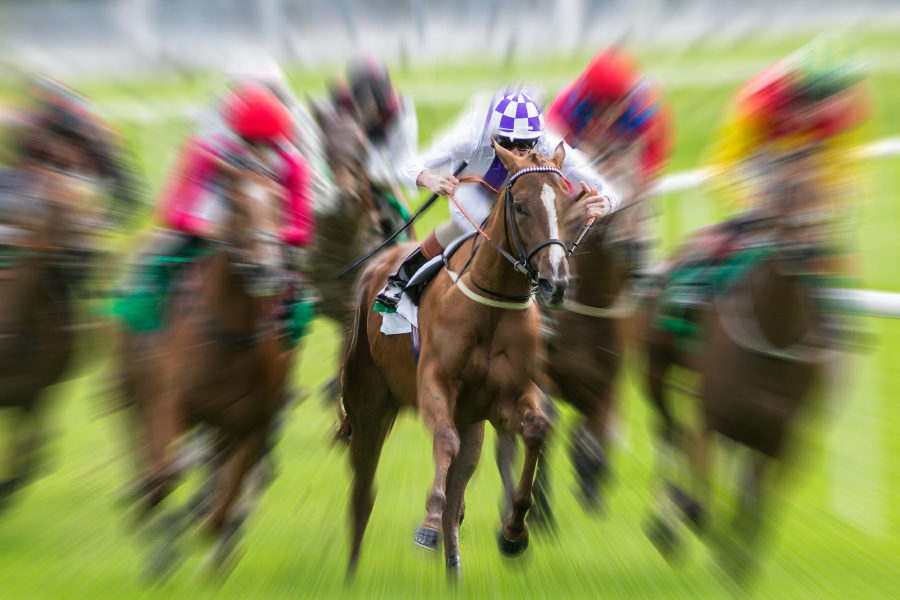Report finds UK racecourses losing £4m a month

The report comes as a pilot return of racing with spectators is to be held next week.
UK.- Holding horseracing behind closed doors without spectators is costing racecourses €4m a month, the Racecourse Association says in a new report.
The association has published a detailed report on the income of British racecourses in a bid to increase transparency and “address any misconceptions around racecourse finances.”
The report comes ahead of a series of pilot horseracing events with spectators present for the first time since the outbreak of the pandemic.
It details 59 racecourses’ income, profitability and prize money contributions.
Covid-19 measures cost racecourses £8m per month during the suspension of racing, and was still losing them £4m per month with racing being held behind closed doors, the report says.
It states that before the advent of the novel coronavirus pandemic, racecourses had already anticipated that 2020 would see a decline in profitability due to a drop in media rights income following the closure of a significant number betting shops last year.
As a result of the drop in media rights income, racecourses had forecast that 47 per cent of income this year would come from racegoers, and only 39 per cent from bookmakers via levies and media rights.
Turnover from racing activity as detailed in racecourses’ last accounts totalled £575m, leading to operating profit of £28m after capital expenditure.
Across the 59 racecourses, 29 per cent of total income was spent on prize money, 33 per cent on event costs and 27 per cent on overheads.
Prize money has increased 72 per cent in the past 8 years, or 42 per cent in real terms).
The Racecourse Association said: “A common misconception regarding racecourse finances is the view that media rights revenue accounts for the majority of income.
“Media revenues are simply one revenue stream for racecourses, accounting for 24 per cent of all income in 2020; spectators account for a far greater proportion (47 per cent) of racecourse turnover.
“This further demonstrates the critical need to return crowds to racecourses—during 2020 all racecourses are having to deal with revenue reductions approaching 75 per cent and all are expected to be loss making.”
The report emphasised that racecourses are carrying significant debt – £455m in total. Most of that was incurred to develop on-course facilities.
Maggie Carver, chairman of the Racecourse Association, said: “The RCA is pleased to publish this detailed analysis of racecourse finances which we hope will pave the way for further collaboration across the sport as we rebuild after the pandemic.
“The financial effects of Covid-19 have been devastating to racecourses of all sizes with revenues impacted up to 75 per cent in some cases.
“The recovery will not be swift, though by working together I am confident the sport will be in a much better position to face the challenges of the future.”
David Armstrong, Chief Executive of the Racecourse Association, said: “The impact on Racecourses of the pandemic is huge with lost revenues likely to be in the range of £250-300 million in 2020 alone.
“The return of racegoers is the vital next step in the recovery plan and we look forward to upcoming pilot events and the return of crowds to all racecourses as soon as possible.”
A series of pilot horseracing events with spectators is due to start next week, while the trial return of on-course betting has been extended indefinitely.
The first scheduled event with crowds since lockdown measures were introduced in March will take place at Doncaster Racecourse on Wednesday September 9 as part of the St Leger Festival.
That will be followed by Warwick on September 21, then the Cambridgeshire Meeting at Newmarket on September 24 – 26.
Each racecourse was required to submit a detailed risk assessment and operating plan. The fixtures will then be used as case studies for other racecourses to follow.











